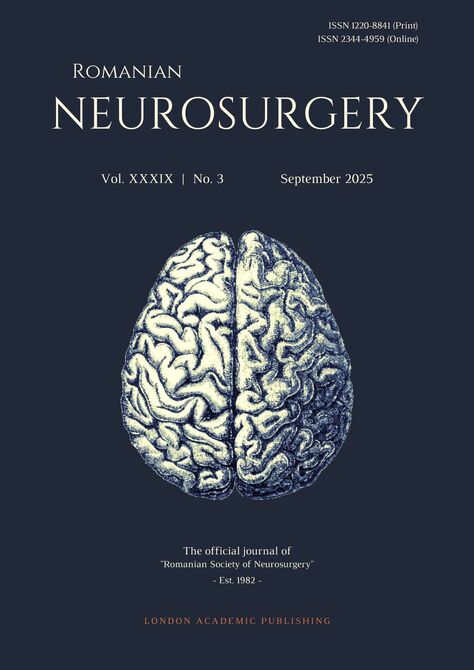Abstract
Background: The syndrome of degenerative Lumbar spinal stenosis (LSS) accounts for a large percentage of cases of low back pain in the elderly worldwide. Surgical management has demonstrated better clinical and radiological results than conservative treatment. It allows for adequate decompression of the thecal sac and the compressed nerve roots. However, aggressive laminectomy with facetectomy has been linked with many postoperative complications, including instability. Hence, new, less invasive modalities have been introduced, such as fenestration and endoscopic laminotomy.
Objective: This study aimed to compare the safety and outcome of conventional laminectomy to unilateral fenestration in cases of degenerative LSS.
Methods: This prospective study was conducted in the Neurosurgery Department, Mansoura University Hospitals, between February 2023 and January 2025. Consecutive patients with degenerative LSS were randomly assigned to either conventional laminectomy or unilateral fenestration and decompression. Demographic data, intraoperative findings and clinical outcomes were analysed.
Results: Fifty patients were included; 25 patients underwent unilateral fenestration, and 25 patients underwent conventional laminectomy. Stratifying patients based on the affected vertebral level revealed that in the single-level cohort, the mean age was
65.65 ± 5.30 in fenestration group vs. 70.15 ± 6.69 years in laminectomy group; p = 0.016. Fenestration achieved a markedly shorter incision (3.25 ± 0.33 vs. 5.25 ± 0.61 cm; p < 0.001) and tended toward less blood loss (33.60 ± 3.87 vs. 36.10 ± 4.17 mL; p = 0.053). There was no significant difference regarding complication rate, the length of hospital stays and operative time. In the double-level cohort, fenestration was associated with smaller incisions and less blood loss, as well as shorter hospital stay and lower instability risk. However, in all other variables, we observed no statistically significant difference between the two groups. Both procedures significantly reduced pain and disability scores over six months, with comparable effectiveness.
Conclusion: Unilateral Fenestration is safe and comparable to conventional laminectomy in efficacy and should be considered as a viable minimal-invasive option in the treatment of lumbar stenosis patients due to its ability to produce adequate clinical outcomes with minimal bleeding risk and shorter hospital stay.















